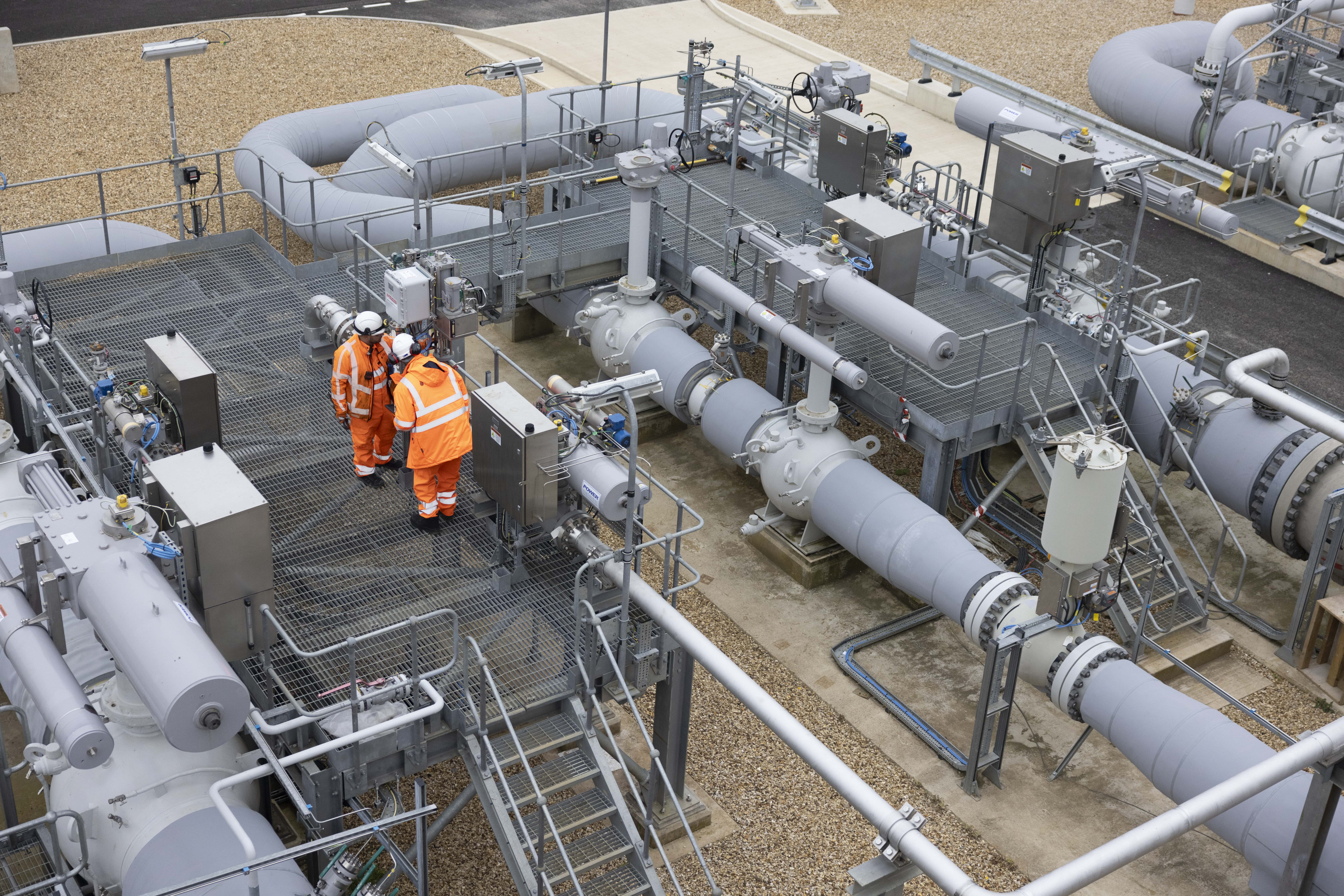System operations
Operating Margins
Operating Margins (OM) gas is used by National Gas when necessary to address operational stress on the National Transmission System (NTS), caused by large supply or demand changes, or to manage unplanned asset unavailability.
What are Operating Margins?
OM gas may be procured either in advance or at the point it is required. In either case, it is gas held in reserve, ready to be released at short notice to rebalance the network in a range of scenarios. Operating Margins can be either an increase in supply onto the NTS or a reduction in demand from the NTS.
Why do we need Operating Margins?
OM gas is typically used as a rapid response to operational stress. It can serve to ‘bridge the gap’ before other market actions to rebalance the network become effective (such as national or locational balancing actions). It may also be used during a Network Gas Supply Emergency (NGSE).
OM gas can be used in the period after any of the following events, if other system operator actions are insufficient:
- Supply loss: terminal, sub-terminal, interconnector, LNG importation terminal.
- Compressor failure or pipe break (including loss of infrastructure that renders pipes unusable).
- Demand forecasting error.
We also procure a quantity of OM gas to manage the orderly run-down of the system in the event of a NGSE, while firm load-shedding takes place.
How do we purchase Operating Margins?
National Gas purchases OM through an annual tender process, typically running from November to March. Contracts start on 1 May each year. The tender process is run in accordance with both the requirements of TPD Section K of the Uniform Network Code and obligations described in the National Gas Safety Case regarding the National Transmission System.
We have two types of OM contract: Capacity Arrangements where we procure capacity in GB gas storage sites, and Delivery Arrangements where we contract for the option to buy the OM gas when it is required.
In the case of Capacity Arrangements, we procure the gas to match the capacity we’ve booked. Gas for capacity contracts at storage sites may be procured on the wholesale market, either via an NBP trading mechanism, or potentially from within the storage site itself.
Who can provide OM?
OM must be provided by shippers, who are registered users of the NTS and signatories to the UNC. OM gas can be provided by shippers at several different types of site connected to the NTS. OM agreements include:
- OM Capacity Agreements with storage facility operator shippers, or shippers who hold primary capacity at storage facilities.
- OM Delivery Agreements with primary capacity holders at LNG importation facilities with storage, or power station operators (CCGTs) that can reduce demand from the NTS.
Shippers providing an OM service receive a standby payment and – for delivery contracts – a utilisation fee if they are asked to deliver OM gas onto the network.

